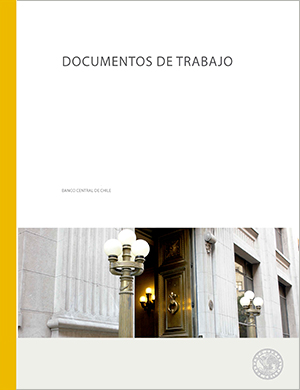Working Papers N° 737: Uncovering Our Self-Imposed Limits: Changes in Loan-to-Value and The Mortgage Market
Publications
Working Papers N° 737: Uncovering Our Self-Imposed Limits: Changes in Loan-to-Value and The Mortgage Market
Autor: Daniel Oda , Fernando Sepúlveda
Description
We analyze the possible effect s of eventual changes in regulatory limits to the loan - to - value ratio (LTV) for residential mortgage loans in Chile. In Chile there are three major types of mortgage loans, but the market is concentrated in the type without regulatory limits to the LTV. Ho wever, most mortgage loans are still granted in the 80% - 90% LTV range, suggesting that a “no money down” credit policy is infrequent in residential mortgages. Our analysis allows us to infer that a non - negligible fraction of mortgage loans are paired with an unsecured consumer loan to finance their down payment. This implies not only to a higher effective interest rate, but also a significantly higher financial burden during the first few years of the mortgage. Thus, imposing such a constraint on the LTV ra tio could prove riskier than expected. Given that even in the absence of restrictions we encounter these unsecured bridge loans, this practice may be exacerbated upon imposing regulatory limitations. Finally, assuming an inelastic supply for residential mo rtgage loans we estimate that imposing an 80% LTV ceiling would increase the cost of credit by 17 - 26 basis points and weaken the loan growth rate by 40 basis points, approximately. Complementing LTV restrictions with policies that restrict the use of bridg e loans is important if this tool is to be used to limit the buildup of financial risk.
Working Papers N° 737: Uncovering Our Self-Imposed Limits: Changes in Loan-to-Value and The Mortgage Market
Boxes and graphics

